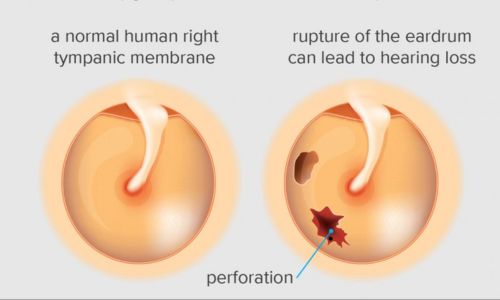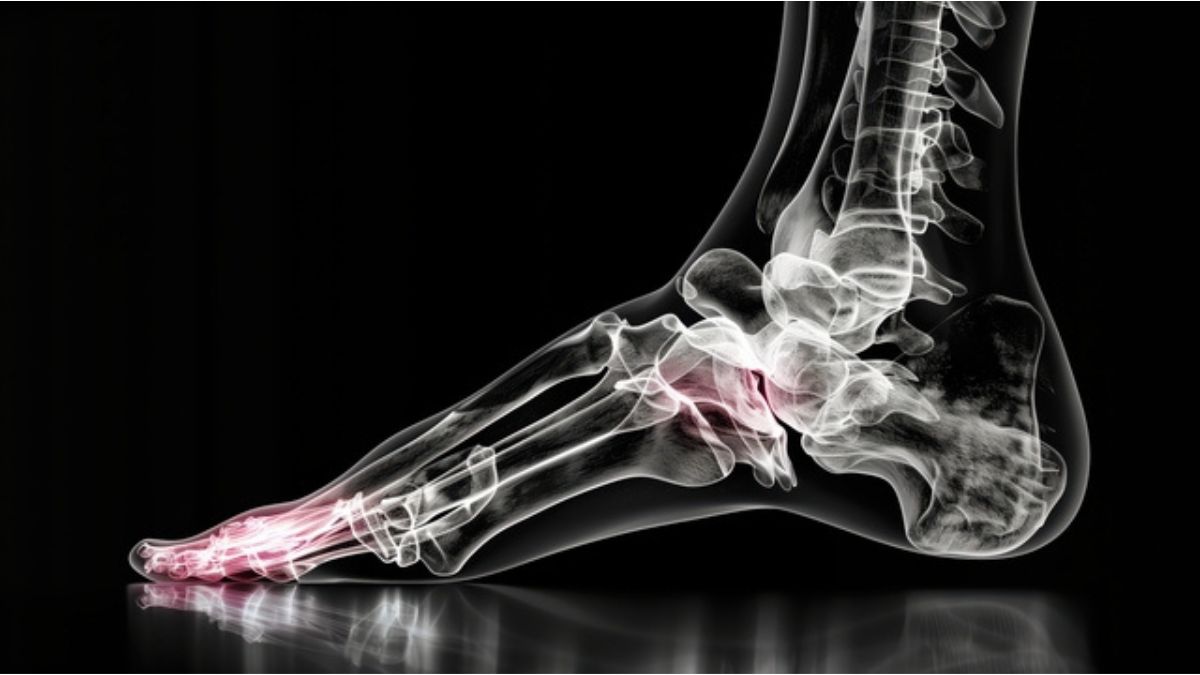A ruptured eardrum, also known as a tympanic membrane perforation, can be painful and uncomfortable. One of the biggest concerns for individuals suffering from this condition is finding the best sleeping position to avoid further discomfort and promote healing. If you are wondering, “What side should I sleep on with a ruptured eardrum?” this article provides a detailed answer based on medical insights, expert opinions, and practical considerations.
Understanding a Ruptured Eardrum
A ruptured eardrum is a tear or hole in the thin tissue that separates the ear canal from the middle ear. Common causes include infections, loud noises, sudden pressure changes, trauma, or inserting objects into the ear. Symptoms often include pain, hearing loss, drainage, ringing in the ear (tinnitus), and dizziness. Fortunately, in most cases, a ruptured eardrum heals on its own within a few weeks. However, proper care, including the right sleeping position, can aid recovery and prevent complications.

What Side Should You Sleep on With a Ruptured Eardrum?
The best sleeping position depends on whether you have a ruptured eardrum in one or both ears. Here’s what experts recommend:
1. Sleep With the Affected Ear Facing Up
If only one ear is affected, sleep on the opposite side, keeping the injured ear facing upward. This position helps prevent fluid from accumulating in the ear canal, reducing the risk of infection. It also minimizes pressure on the damaged tissue, allowing for a more comfortable sleep.
2. Avoid Sleeping on the Affected Side
Lying on the side with the ruptured eardrum can lead to additional pain and discomfort. It may also cause drainage to build up, which can delay healing. By keeping pressure off the injured ear, you allow better airflow and reduce irritation.
3. Use an Elevated Sleeping Position
Sleeping with your head slightly elevated can improve drainage and prevent fluid buildup in the ear. Use an extra pillow or an adjustable bed to keep your head above your heart level. This position is particularly helpful if the rupture is due to an infection, as it can aid in reducing inflammation and pressure.
Additional Sleeping Tips for a Ruptured Eardrum
Besides sleeping on the correct side, these additional tips can help improve your comfort and promote healing:
1. Keep Your Ear Dry
Moisture in the ear can increase the risk of infection. Use a clean cotton ball to protect your ear from excess drainage or accidental exposure to liquids during sleep. Avoid using earplugs, as they can trap moisture inside.
2. Use Pain Relief Methods
If you experience discomfort, over-the-counter pain relievers like ibuprofen or acetaminophen can help. A warm compress placed near (but not directly on) the affected ear can also provide relief.
3. Maintain a Quiet Sleeping Environment
A ruptured eardrum can make you more sensitive to sound, especially if you experience tinnitus. Using a white noise machine or playing soft background sounds can mask ringing and help you sleep better.
4. Avoid Sudden Movements
Quick head movements can trigger dizziness, especially if the inner ear is affected. When getting in and out of bed, move slowly and avoid jerky motions.
5. Follow Your Doctor’s Advice
If your symptoms worsen, or if you suspect an infection, consult a healthcare provider. They may recommend antibiotics, ear drops, or further treatment depending on the severity of the rupture.
Expert Insights on Sleeping Positions for Ear Injuries
Medical professionals emphasize the importance of positioning in ear health recovery. According to Dr. John Hopkins, an otolaryngologist, “Keeping the affected ear facing upward prevents fluid accumulation and reduces pressure, which can significantly enhance healing.” A study in the Journal of Otology found that patients who slept on the opposite side of their ruptured eardrum reported less discomfort and fewer complications.
Frequently Asked Questions (FAQs)
1. Can I sleep on my back with a ruptured eardrum?
Yes, sleeping on your back with your head slightly elevated can help reduce pressure and allow drainage to exit properly.
2. How long does it take for a ruptured eardrum to heal?
Most cases heal within a few weeks, but severe perforations may take up to two months. Always follow medical advice for proper care.
3. Should I use a specific type of pillow?
A firm pillow that provides support and elevation can help prevent unnecessary movement and keep your ear dry during sleep.
4. Is it normal to have fluid leaking from my ear at night?
Some drainage is normal, especially in the early stages of healing. However, if you notice foul-smelling discharge or worsening symptoms, see a doctor.
5. Can sleeping on the wrong side make my condition worse?
Yes, if you sleep on the wrong side with a ruptured eardrum, it can increase pain, pressure, and the risk of infection. Always keep the injured ear facing up.
6. When should I seek medical attention?
If you experience severe pain, prolonged hearing loss, or signs of infection such as fever or pus, consult a doctor immediately.











